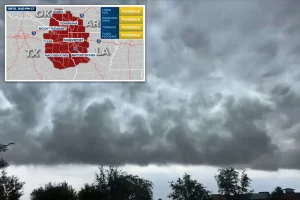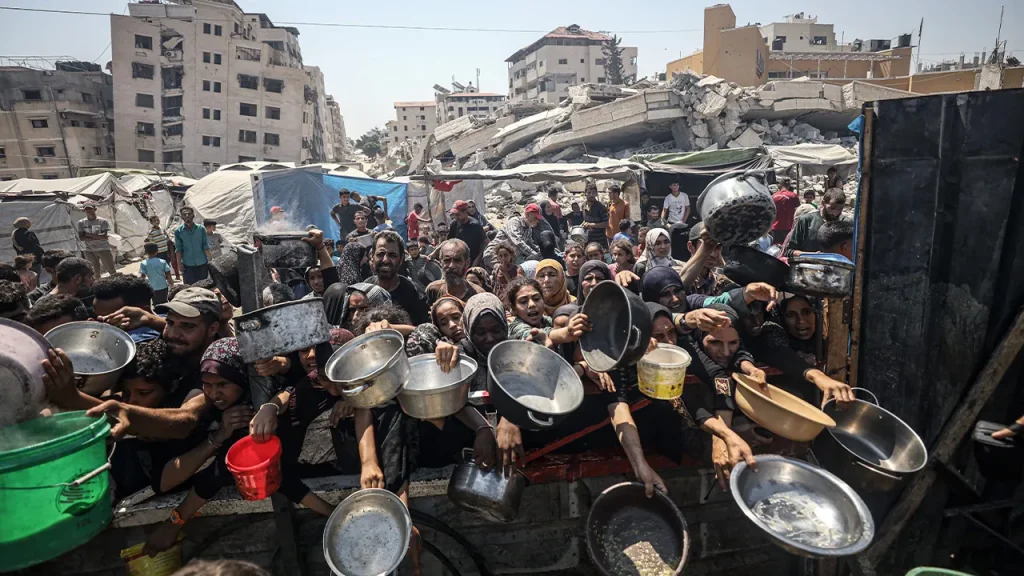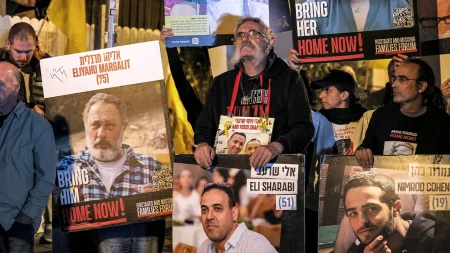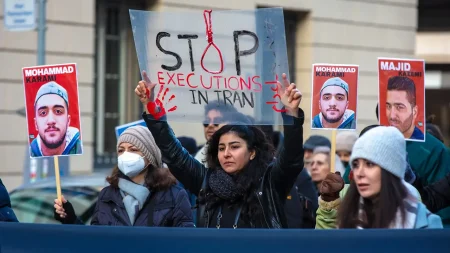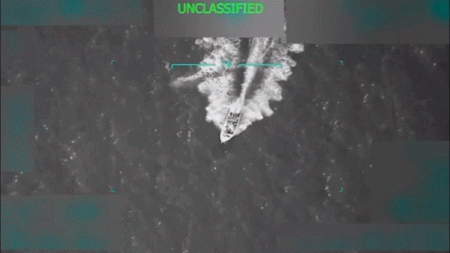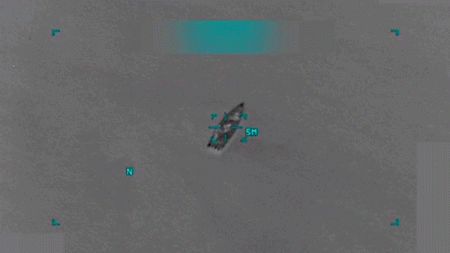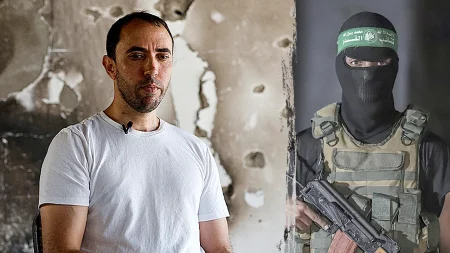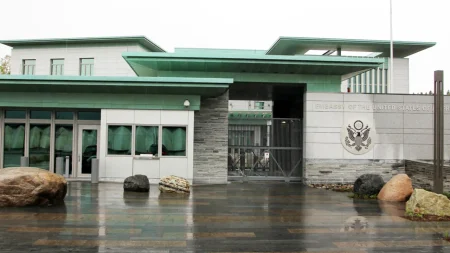The Gaza Humanitarian Crisis: Questioning Famine Claims and Aid Distribution
In the midst of an ongoing humanitarian crisis in Gaza following the recent ceasefire deal brokered by President Donald Trump, questions are emerging about the severity of food insecurity claims and the effectiveness of aid distribution. David Adesnik, vice president of research at the Foundation for Defense of Democracies, has raised concerns about the Integrated Food Security Phase Classification (IPC) assertion that famine conditions took hold in Gaza this summer. According to Adesnik, the definition of famine requires a specific mortality rate—two deaths per day per 10,000 people—which should have resulted in approximately 9,000 deaths from hunger-related causes by now. However, the Hamas-run Gaza Ministry of Health reported only 273 Palestinians had died from malnutrition as of August 22, with the number reaching 460 by October 7—a difference of 187 deaths. While acknowledging the tragedy of these losses, Adesnik emphasized that “an accusation of famine is supposed to rest on evidence,” suggesting the data does not support the IPC’s declaration of famine conditions.
Further casting doubt on the famine classification is economic data showing stabilizing or declining prices for food necessities, contrary to what would be expected during a famine. The World Food Programme’s Palestine Market Monitor indicates that prices for 60 of 89 key food and non-food necessities in three Gazan governorates have remained the same or declined between late August and mid-September. This trend runs counter to the IPC’s August 22 forecast, which claimed that famine was occurring in one Gaza governorate and would spread to two additional governorates by September 30. When questioned about this apparent contradiction, the IPC, World Food Programme, UN Office for the Coordination of Humanitarian Affairs (OCHA), and UN Food and Agriculture Organization (FAO) either deferred to others or did not respond, raising questions about transparency in reporting the humanitarian situation.
The organizational structure and potential biases of the IPC itself have also come under scrutiny. The IPC does not publicly name the non-governmental organizations, government institutions, and UN agencies that form its governance structure or technical working groups. These entities provide personnel who support IPC operations at the country level, but the IPC did not respond to inquiries about which organizations participate or how their personnel are compensated. This lack of transparency is particularly concerning given recent allegations that some UN agencies and international NGOs may have alignments with Hamas, though FAO did acknowledge that during crises, “the IPC coordinates global analyses with technical experts from several partner organizations, including FAO, WFP, UNICEF, OCHA, and others from the wider IPC network.”
The current aid distribution model in Gaza faces significant challenges, with the United Nations Office for Project Services (UNOPS) reporting that 80.5% of UN trucks (6,800 of 8,440) have been intercepted by armed and unarmed actors since May 19. Adesnik questioned whether this approach represents “the fairest way to distribute aid,” suggesting that under such conditions, “it’s the strongest who can claim their share of the aid,” rather than the most vulnerable populations. OCHA acknowledged that aid interception “is a serious concern” and stated that their plan focuses on “resuming community-based and household-level distributions” to better reach vulnerable populations. Since the ceasefire began, there has been “a possible reduction in the rate of interception,” with UNOPS reporting that slightly more than 75% of items shipped into Gaza have reached their destinations since May.
Adding to the confusion surrounding the humanitarian situation are apparent inconsistencies in reporting. Adesnik noted changes in OCHA Humanitarian Situation Reports, which previously included data on the proportion of aid seekers who died near Gaza Humanitarian Foundation (GHF) distribution sites versus those who died near UN aid convoys. When reports indicated that more aid seekers perished at UN convoy sites (576) than near GHF distribution sites (259), OCHA subsequently omitted this comparative data from their reports. When questioned, OCHA explained the change as temporary, stating that if no new data is received from either source by the time an update is finalized, figures may appear only in subsequent updates. Meanwhile, the US-backed Gaza Humanitarian Foundation has delivered more than 185 million free meals to Palestinians since May, prompting some to question whether it could complement or replace the UN/NGO aid system.
Perhaps most perplexing in this complicated humanitarian landscape was a recent statement from UNRWA Commissioner-General Philippe Lazzarini, who claimed while praising the ceasefire agreement that his agency has “enough to provide food for the entire population for the coming three months.” This assertion seems at odds with the ongoing narrative of severe food shortages. In response, Adesnik pointed out that “for the past five months, the UN has sent in thousands of trucks, knowing that eight or nine out of ten would be looted. If they had coordinated with Israel on security, that aid could’ve been delivered into the hands of those who needed it most.” As the ceasefire holds and aid continues to flow, questions remain about the accuracy of famine declarations, the effectiveness of aid distribution methods, and the coordination among humanitarian organizations working to alleviate suffering in Gaza.

